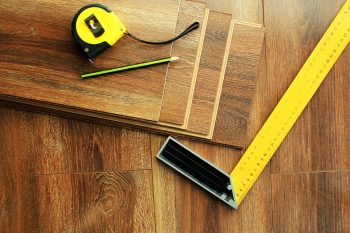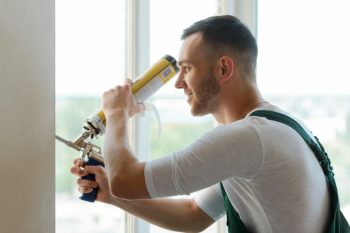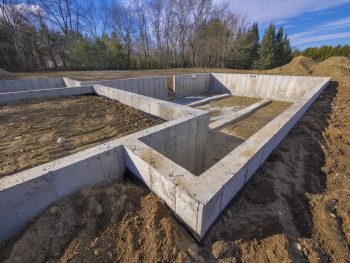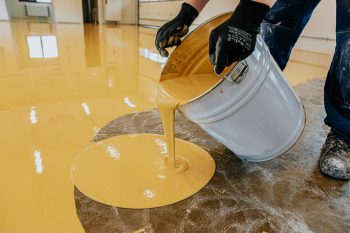
Having some fresh epoxy to work with can be a pretty exciting moment, especially since there are almost no limits to the kind of molds you can create from epoxy. However, there is something that dampens this excitement; bubbles.
Nothing is more annoying than removing your casting and finding little bubbles in the epoxy instead of a flawless finish.
So, what can be done to get bubbles out of epoxy? Keep reading to find out.
Bubbles often form in epoxy. Why does this happen? It’s pretty simple science. When the surface temperature of any liquid substance is inconsistent throughout the area such liquid occupies, it causes bubbles to form. However, you can get rid of them using specific methods.
Below, you will find a helpful list of ways to get bubbles out of epoxy. So, keep reading!
Ways To Get Bubbles Out of Epoxy
There are several ways to remove bubbles from your epoxy; however, not every method is easy to execute.
So, you will have to decide how far you will go to get those annoying bubbles out of your epoxy, then select which method works best for you. Now, let’s get into it.
1. Heat Your Epoxy

What does this entail? It means that you should make use of ambient heat in the form of a torch. You can use a barbecue lighter or a bigger-sized propane torch to thin out the epoxy and remove the bubbles.
To achieve this, use the torch to heat the epoxy quickly for about 2 to 4 seconds.
Remember that using a torch requires you to wait for a while so the epoxy can regain its ability to retain shapes. Using a torch in the bubbles removal process can take over three weeks.
Another way to heat your epoxy and hardener is through degassing. This is achieved by immersing the epoxy in hot or warm water before using it. This causes the air in the epoxy to rise to the surface as bubbles and pop.
2. Mixing Your Epoxy and Hardener Thoroughly
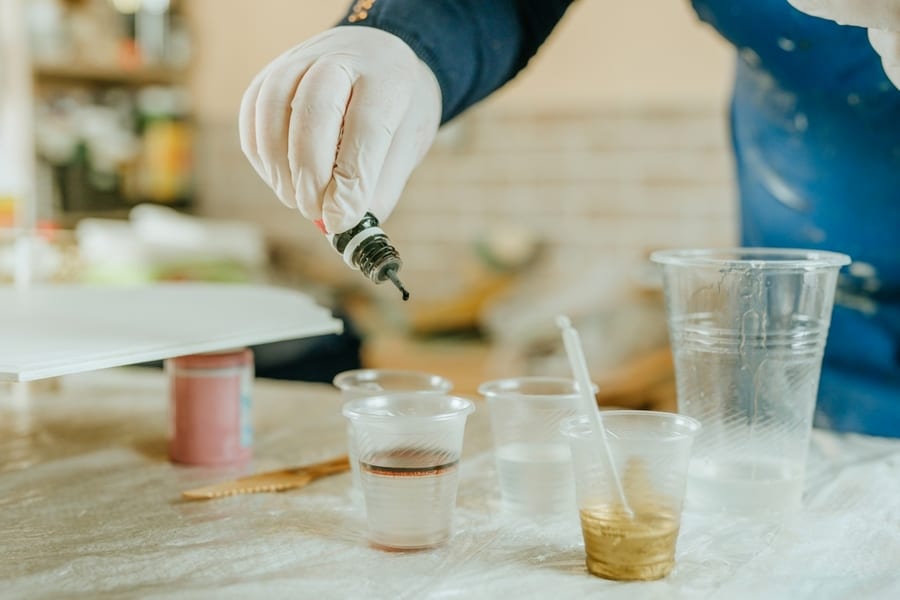
Seems like an obvious solution, but this point cannot be overemphasized. Mixing your epoxy and hardener properly can go a long way in keeping your epoxy bubble-free.
Most times, people mix epoxy and hardener by whisking them together. That’s a huge mistake.
Rather, use a mixing stick to mix the epoxy and hardener in a folding motion that allows them to blend into one another without running into the risk of air getting trapped in the mixture.
This folding method also aids in collapsing any air that may have been created during the initial mixing process. However, you must understand that this method requires a lot of patience. The result is worth it.
3. Pour the Epoxy into Layers
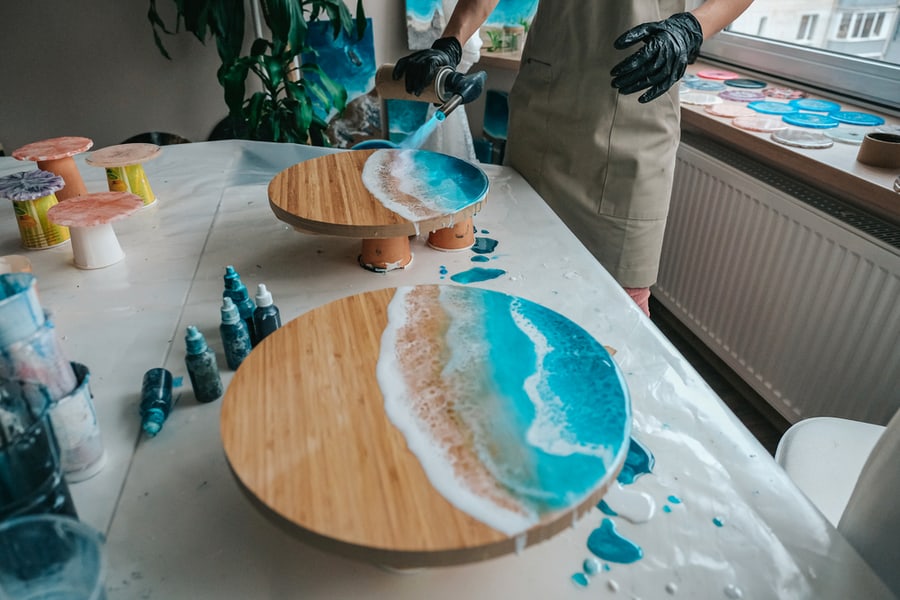
Most air bubbles are formed in epoxy during the pouring process. Pouring the epoxy in layers goes a long way in reducing the presence of these bubbles.
If the epoxy is poured into the mold too fast, the air gets trapped easily in the mixture, and that’s not what we want.
There are some ways to remove bubbles from your epoxy:
- Pour the epoxy slowly into the mold to create a thin layer
- Allow the thin layer of epoxy to set, but do not allow it to dry completely.
- Pour the remaining epoxy and make sure that both layers bond properly.
4. Pins and Toothpicks Can Come in Handy

If you are working on small art pieces, you can easily pop the bubbles in the epoxy with a pin or a toothpick. Trying this method on larger pieces of work can be time and energy-consuming.
Before proceeding with these removal methods, please remember that these methods cannot be used on fully cured epoxy. However, you can use them for subsequent epoxy projects.
Conclusion
Now that you understand what causes bubbles to form in epoxy and how to remove these bubbles, working on subsequent epoxy projects should be a breeze.
Also, remember that the key is to ensure no bubbles in the epoxy right from the preparation process.


